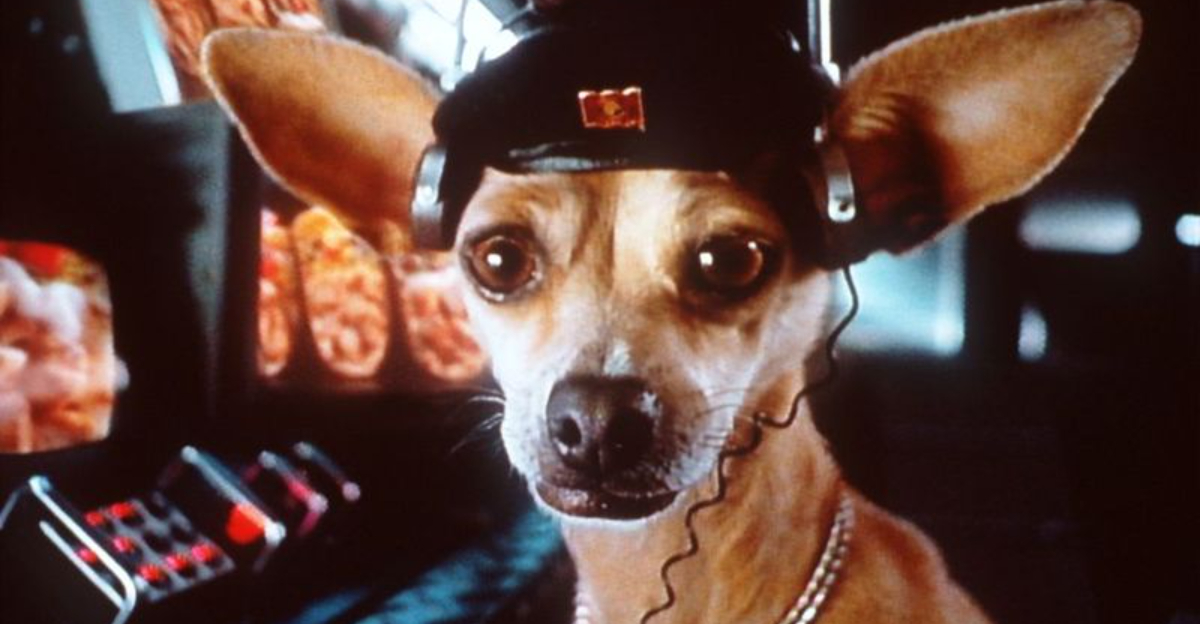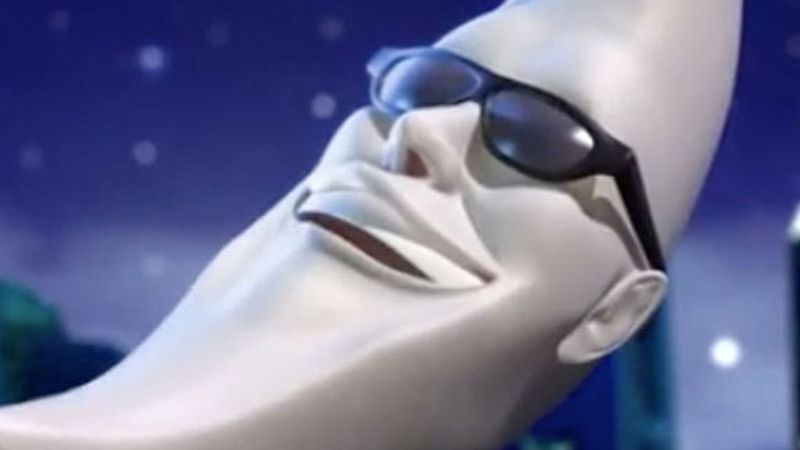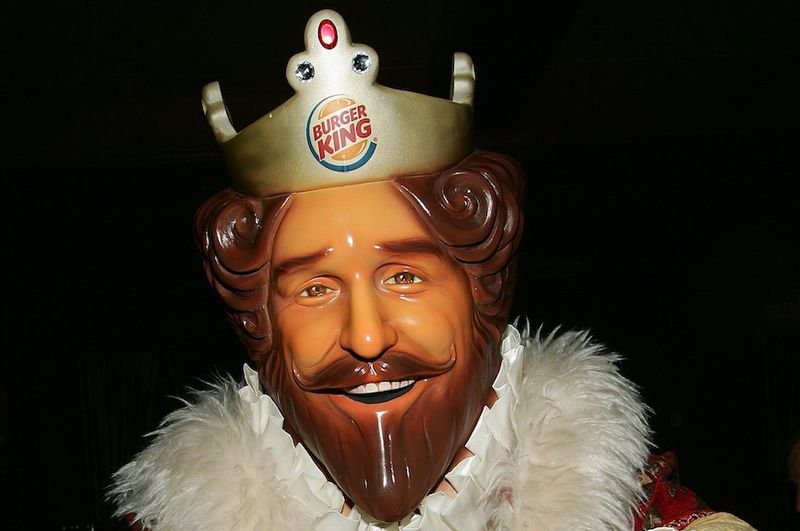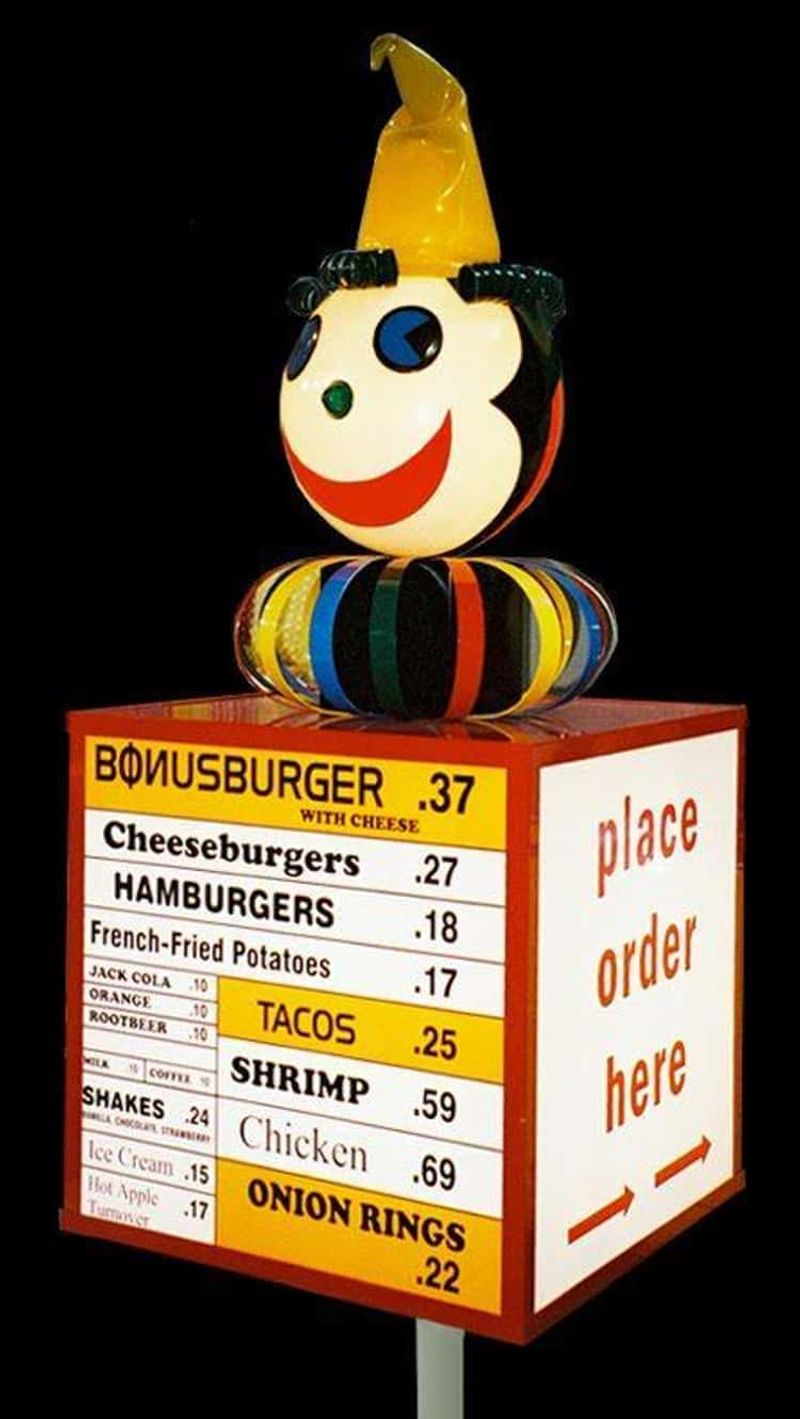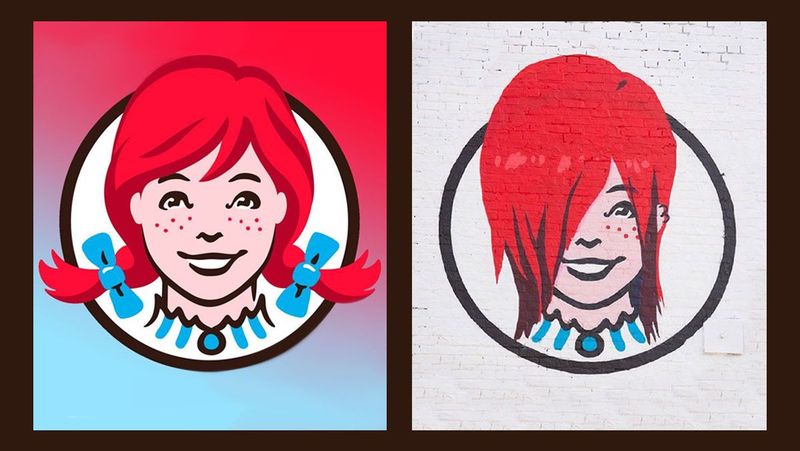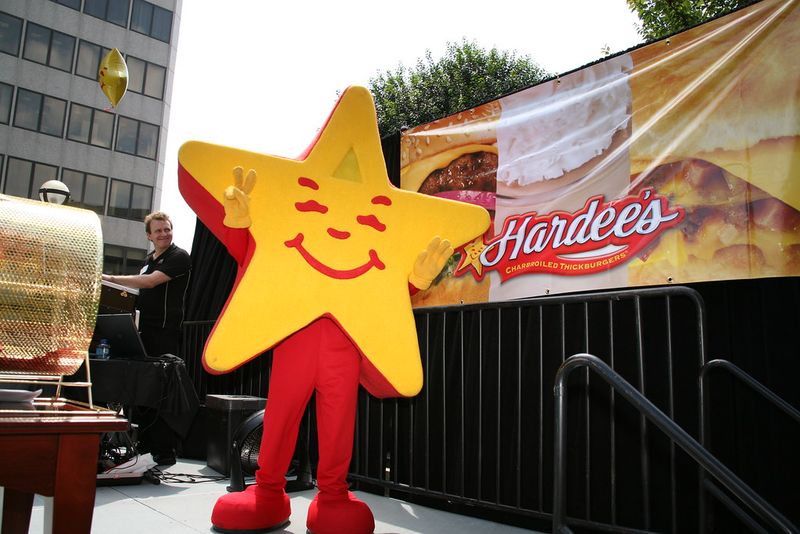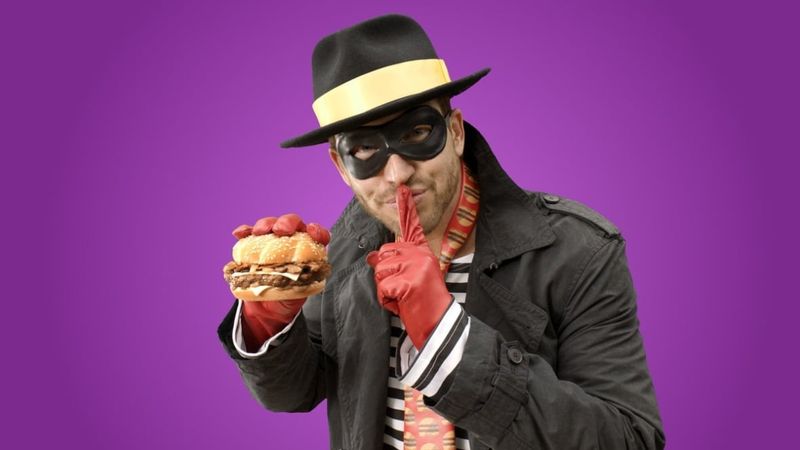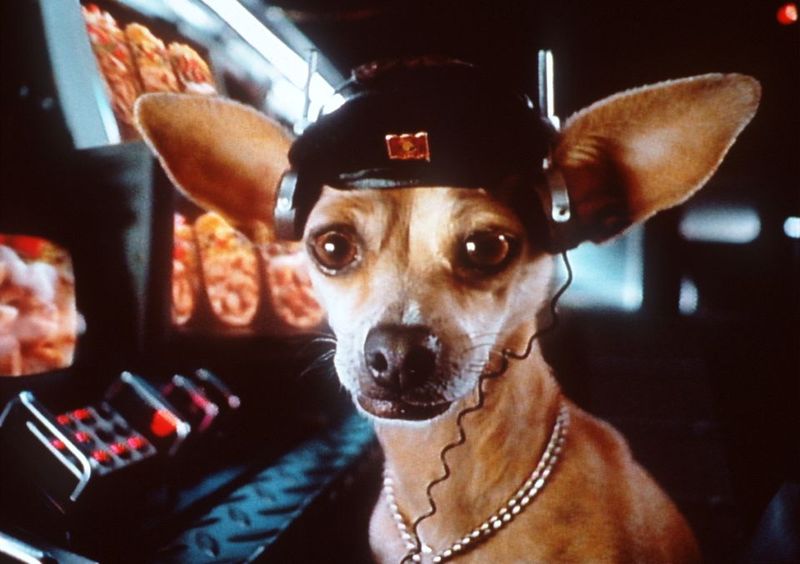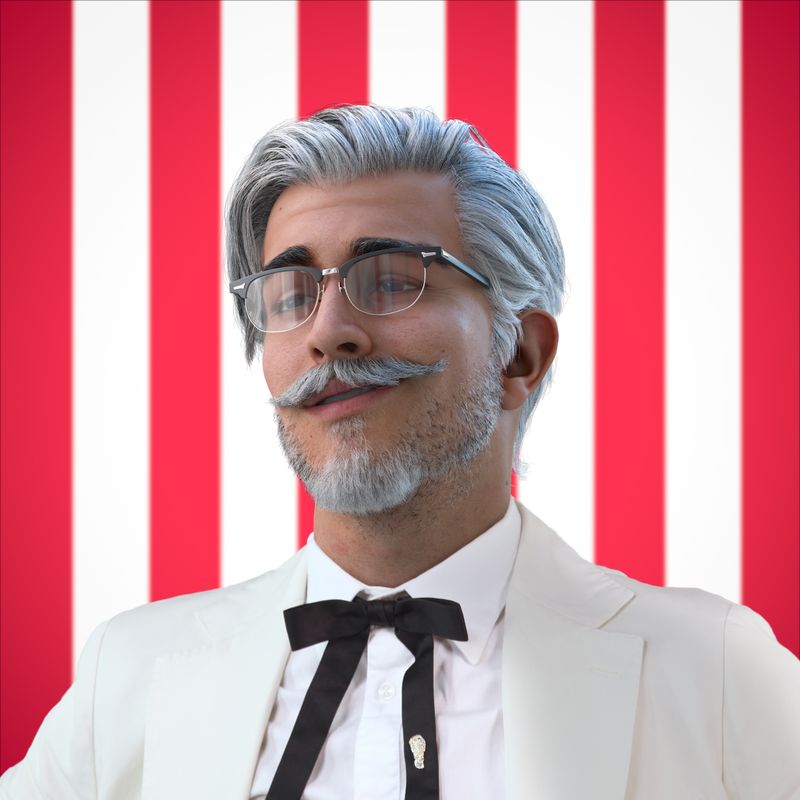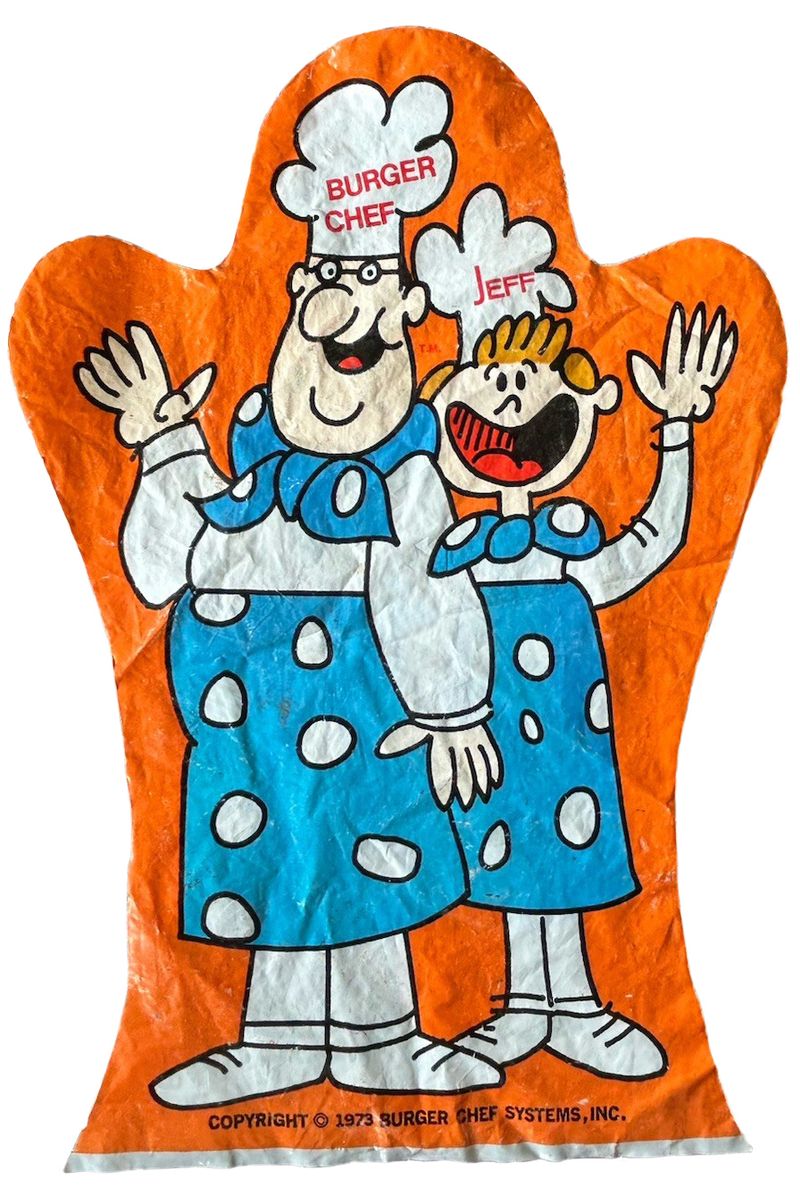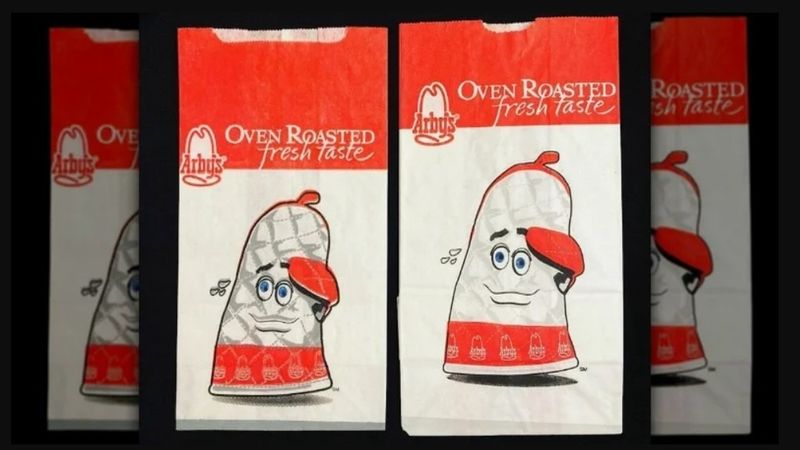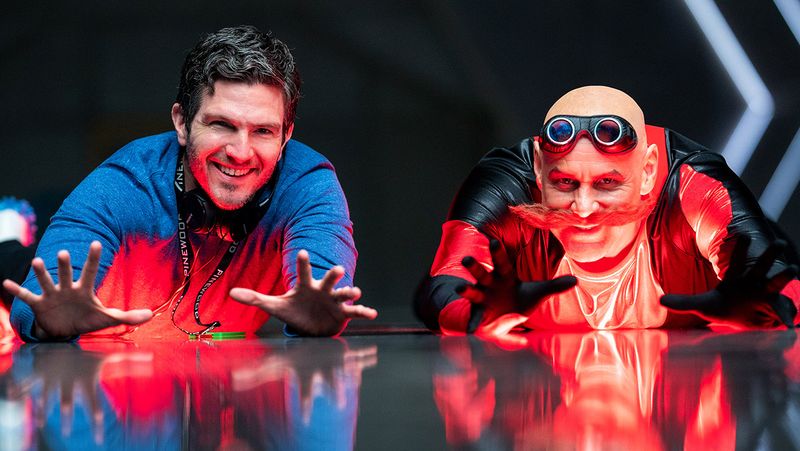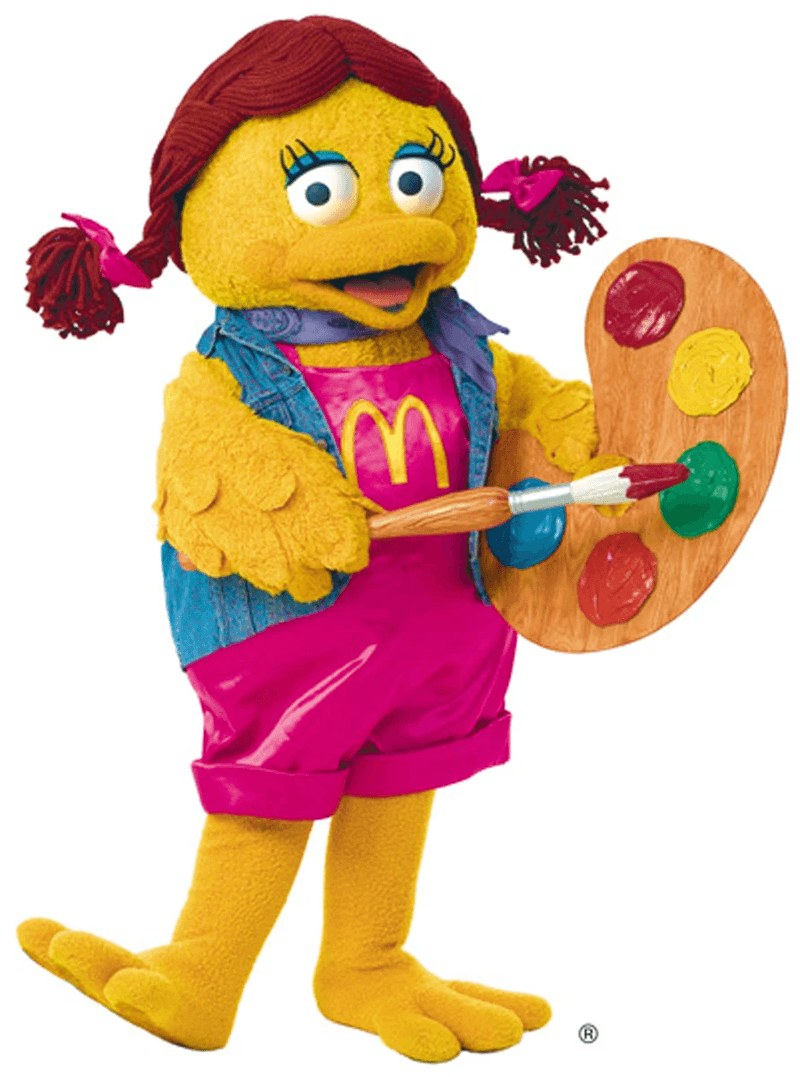Fast food mascots have an uncanny ability to capture our imagination and, for some, become as iconic as the brands they represent. However, many of these beloved—or sometimes creepy—characters have disappeared without a trace. What happened to these figures that once graced our TV screens and restaurant signs? Here’s a deep dive into the stories behind these vanished mascots.
1. The McDonald’s Fry Kids (1970s–1980s)
The McDonald’s Fry Kids were vibrant, small fry-box creatures, capturing the hearts of many in the 1970s and 1980s. With their colorful appearances and joyful songs, they became a staple of McDonald’s advertising.
Rumors suggest their “uncanny valley” look could send shivers down kids’ spines, leading to their quiet phase-out by the late 1980s. Though they vanished, they left an indelible mark on fast food nostalgia.
Some say their disappearance was necessary for Ronald McDonald’s rise to fame, sacrificing the ensemble cast for a singular, more iconic figure.
2. Mac Tonight (McDonald’s, 1986–1997)
Mac Tonight, with his crescent moon head and suave demeanor, brought a touch of cool to McDonald’s late-night scene.
Designed to attract adults, his presence was a stark contrast to the family-friendly Ronald. However, a lawsuit from Ray Charles’ estate claimed the character mocked Charles’ blindness, leading to his untimely retirement in 1997.
Some also felt the character’s smoking image clashed with McDonald’s rebranding efforts. Despite his short-lived run, Mac Tonight remains a cult favorite for those who remember his jazzy tunes.
3. Burger King’s “The King” (2004–2011)
The silent, plastic-faced “King” of Burger King, with his oversized head and royal attire, became an internet sensation for all the wrong reasons.
His peculiarly unsettling smile made him the subject of memes and jokes. Many joked about his lurking presence as nightmare fuel, suggesting he might “kidnap them in their sleep.”
In 2011, Burger King decided to quietly retire The King, likely in an effort to modernize the brand and move away from its unintentionally creepy mascot. The King’s legacy is a humorous yet eerie reminder of advertising gone awry.
4. Jack in the Box’s Original Clown Head (1950s–1980s)
Jack in the Box’s original mascot, a giant, detachable clown head, was an emblem of the brand for decades.
This cheerful yet eerie character sat atop the drive-thru intercom, greeting patrons with a smile. However, reports indicated that the clown head was more terrifying than welcoming, especially to children.
In the 1980s, the company made the decision to discard the clown head, replacing it with a more modern and less intimidating image. A new era for the brand emerged, free from the haunting echoes of its past mascot.
5. Wendy’s “Wendy” Redesign (2012–2021)
Wendy’s iconic mascot underwent a significant transformation in 2012, aimed at updating her image for a modern audience.
Her new look, with sleeker lines and a more polished appearance, was intended to appeal to a younger crowd. However, fans of the original design were less than pleased, describing the updated Wendy as “creepy” and “AI-generated.”
The backlash was strong enough that Wendy’s eventually returned to the classic look in 2021, embracing the nostalgia and charm of the original design that customers had loved for decades.
6. Hardee’s “Happy Star” (1980s–1990s)
The “Happy Star” of Hardee’s, with its friendly grin and winking eye, symbolized jovial fast food fun throughout the 1980s and 1990s.
This cheerful mascot became synonymous with the brand’s family-friendly image. However, as Hardee’s shifted its focus to more “macho” advertising, featuring edgy burger commercials, the Happy Star was gradually phased out.
Despite disappearing from the limelight, this starry character remains a cherished memory for those who grew up during its heyday, symbolizing simpler times in fast food advertising.
7. McDonald’s “Hamburglar” (Redesign Fail, 2015)
The Hamburglar, known for his striped outfit and love of McDonald’s burgers, received a makeover in 2015 that left fans bewildered.
Attempting to modernize the character, McDonald’s introduced a “hot, hipster burglar,” trading in the playful charm for a more suave, contemporary look. The new Hamburglar sported a fedora and leather jacket, a far cry from his original appearance.
The redesign was met with widespread criticism, and the character quickly vanished from the scene once more. Fans missed the quirky antics of the original thief, whose charm was lost in translation.
8. Taco Bell’s “Chihuahua” (1997–2000)
The Taco Bell Chihuahua, with its catchy “¡Yo quiero Taco Bell!” slogan, became an overnight sensation in the late 1990s.
This charming dog was beloved for its quirky personality and playful commercials. However, the character soon faced backlash due to lawsuits from the dog’s trainer over unpaid royalties and accusations of cultural stereotyping.
By 2000, Taco Bell retired the Chihuahua, moving towards more inclusive and varied advertising. Though no longer the face of the brand, the Chihuahua remains a fond memory for many who enjoyed its delightful antics.
9. KFC’s “Colonel Sanders” (2015 Reboot)
In 2015, KFC took a bold step by introducing a CGI-animated version of Colonel Sanders, aiming to refresh the brand’s image.
This younger, digital Colonel was meant to appeal to a new generation, but the change was met with mixed reactions. Fans of the traditional Colonel saw the reboot as “blasphemy,” criticizing the loss of authenticity in the beloved mascot.
KFC soon reverted to the classic portrayal, acknowledging that the original charm of Colonel Sanders was irreplaceable. The CGI attempt serves as a reminder of the challenges in updating iconic brand figures.
10. McDonald’s “CosMc” (1990s Test Mascot)
CosMc, an alien-like creature with a love for McDonald’s beverages, was introduced as a test mascot in the 1990s.
This colorful, quirky character was intended to add a bit of interstellar fun to the brand. However, CosMc’s peculiar design was ultimately deemed “too weird” for mainstream appeal, leading to his quiet removal from advertising.
Ironically, McDonald’s recently revived “CosMc’s” as a new spin-off chain in 2023, proving that even the most outlandish ideas can find a second life when nostalgia kicks in.
11. Burger Chef’s “Burger Chef & Jeff” (1960s–1970s)
Burger Chef & Jeff, the cowboy-themed mascots of the defunct Burger Chef chain, were beloved figures in the 1960s and 1970s.
These cheerful characters embodied the adventurous spirit of the Wild West, inviting families to enjoy fast food in a fun, thematic environment. Unfortunately, when Burger Chef went bankrupt, these mascots faded into obscurity.
Some fans believe their playful ghosts still resonate in abandoned locations, capturing a bygone era’s charm. Their legacy remains a whimsical chapter in fast food history, embraced by those who remember their Western flair.
12. Pizza Hut’s “Pizza Head” (1980s–1990s)
Pizza Head, a giant, walking pizza slice with a face, was one of Pizza Hut’s unique mascots during the 1980s and 1990s.
His animated antics brought humor and whimsy to the brand’s commercials, but the idea of food coming to life didn’t sit well with everyone. Concerns over making food anthropomorphic led to Pizza Head’s quiet retirement.
Though short-lived, Pizza Head’s playful presence remains a fond memory for those who enjoyed his quirky commercials. His character highlights the creative yet occasionally unsettling nature of fast food mascots.
13. Arby’s “Oven Mitt” (2014–2016)
Arby’s Oven Mitt, a talking kitchen accessory with a cheerful disposition, was a hit when it debuted in 2014.
This sassy glove added a dose of humor and charm to the brand’s image, becoming a beloved character among fans. However, in a surprising twist, the Oven Mitt was abruptly “killed off” in a mock horror ad, much to the chagrin of its admirers.
Despite its brief existence, fans still demand its return, reminiscent of the whimsical and unexpected paths fast food mascots can take.
14. Sonic’s “Two Guys” (1990s–2000s)
Sonic’s “Two Guys” became known for their witty banter in a series of popular live-action commercials during the 1990s and 2000s.
These characters humorously mocked other fast-food chains, bringing a sense of fun to the Sonic brand. However, as the company transitioned to CGI mascots, the “Two Guys” were phased out, leaving fans nostalgic for their comedic skits.
Though no longer in the spotlight, their legacy endures as a testament to the power of humor in advertising and the connection it can build with audiences.
15. McDonald’s “Birdie the Early Bird” (1980s)
Birdie the Early Bird, McDonald’s morning mascot, was introduced in the 1980s as the face of their breakfast menu.
With her sunny disposition and playful charm, Birdie encouraged families to start their day with McDonald’s breakfast offerings. However, as the company moved away from character-based marketing, Birdie quietly flew off into the sunset.
Her disappearance marked the end of an era where mascots played a central role in fast food advertising, leaving behind fond memories of early morning meals with a feathered friend.
